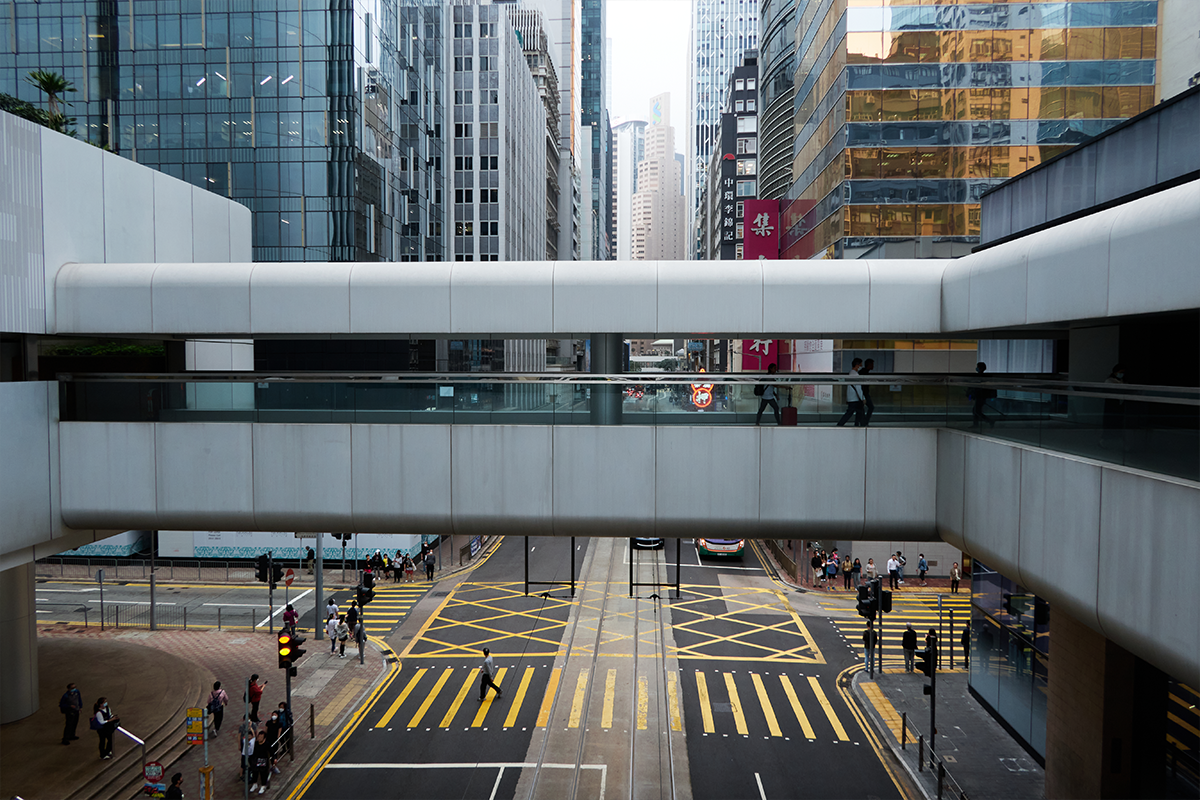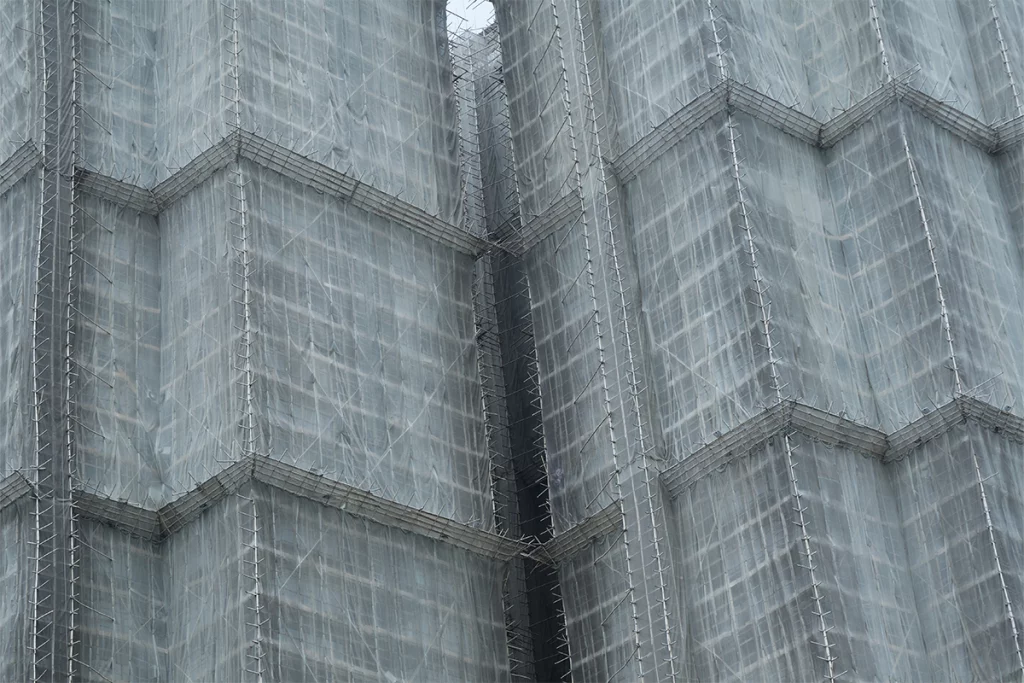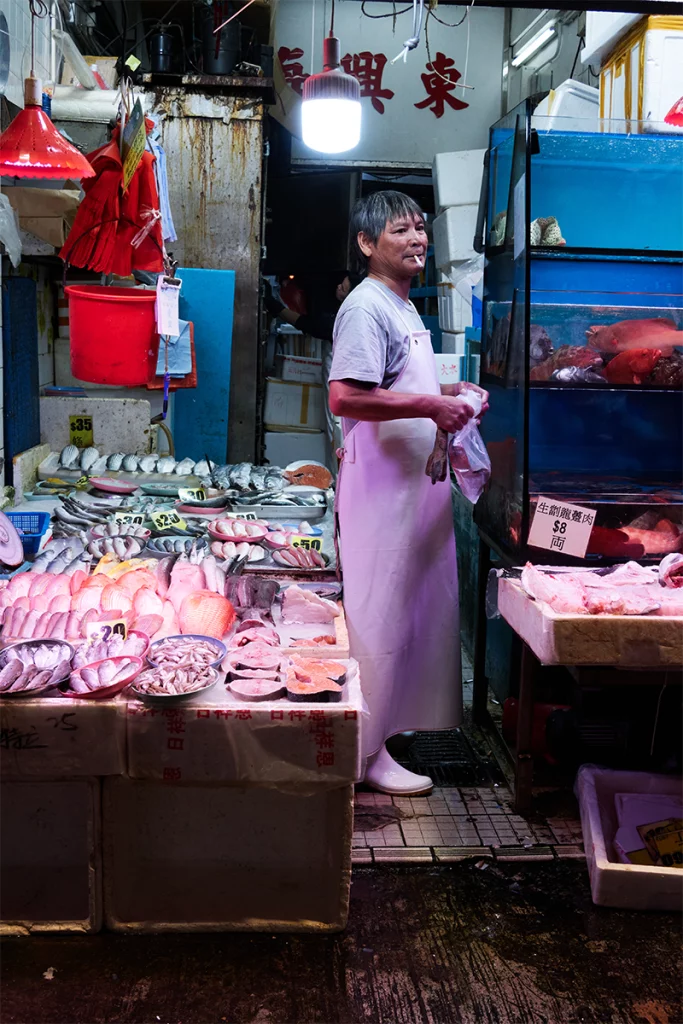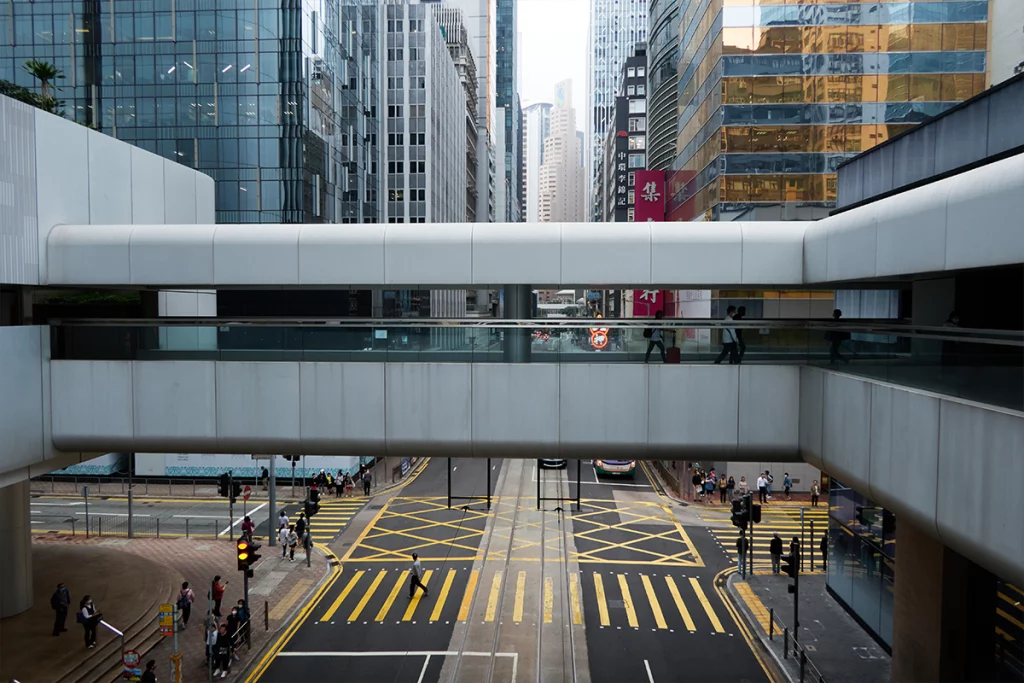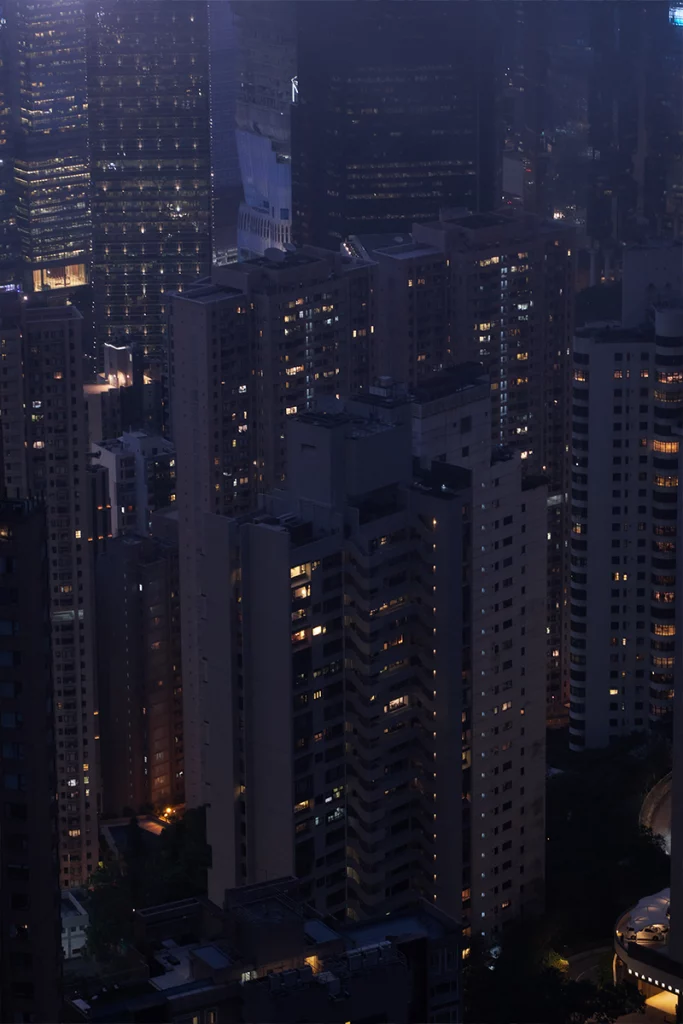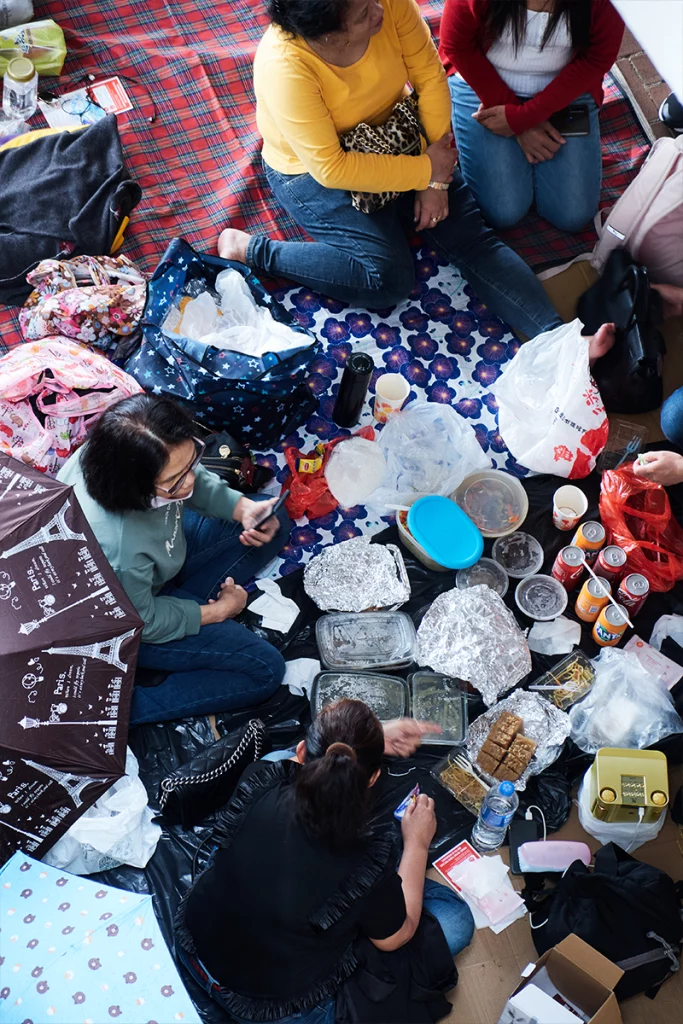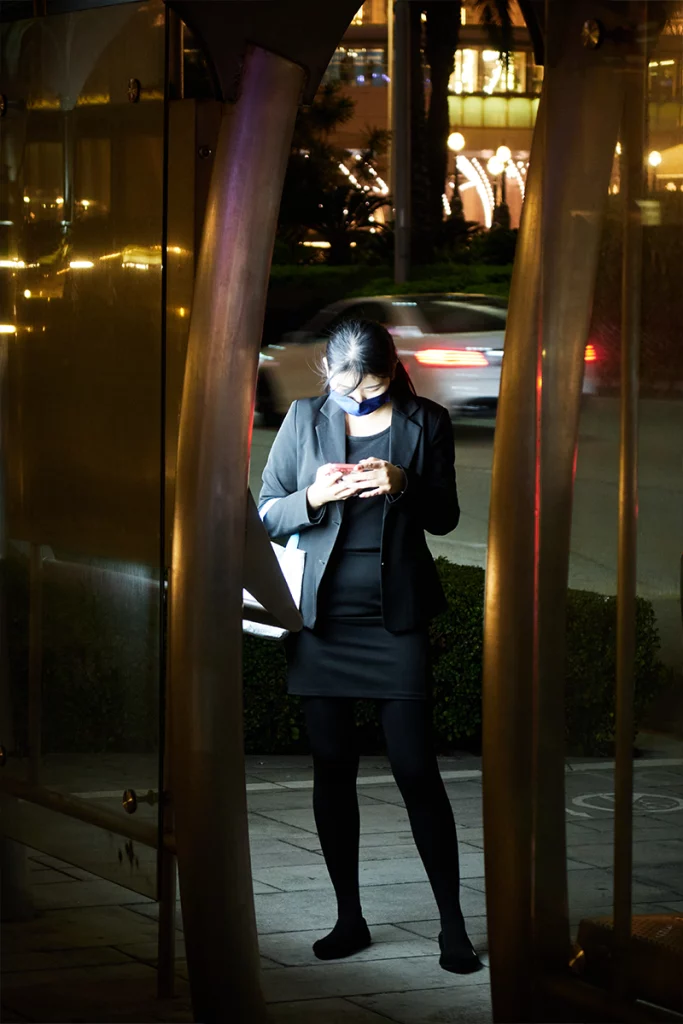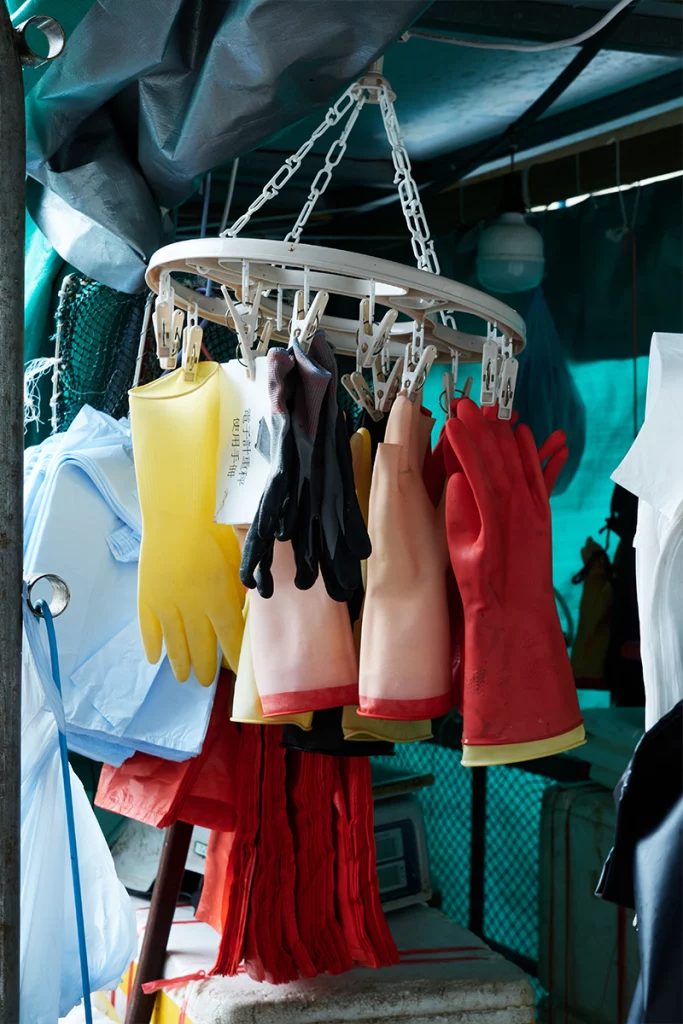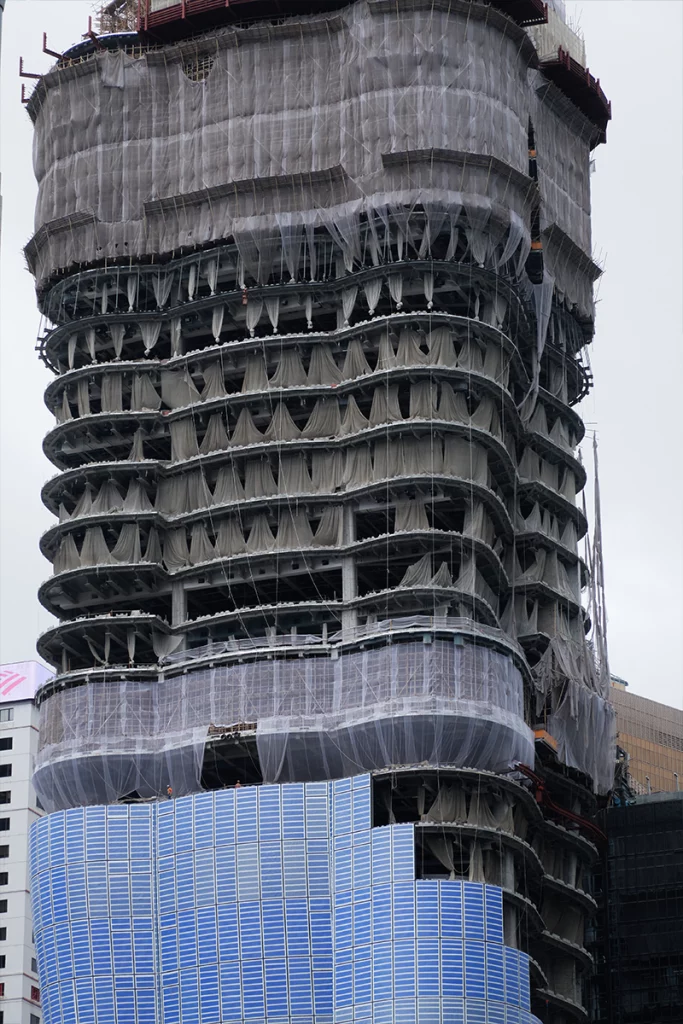The subterranean power structures that design the space of domination. German photographer Joseph Kadow recounts the city of Hong Kong
Joseph Kadow for Lampoon online
«Any discussion of Hong Kong culture must sooner or later raise the question of colonialism. Colonialism, at least in Hong Kong, is less an explanatory term than a term that needs explaining». Ackbar Abbas, Hong Kong. Culture and the Politics of Disappearance (Minneapolis: University of Minnesota Press, 1997)
Corridors of power Joseph Kadow
Title: Corridors of Power
Despite its relatively loose immigration legislature, Hong Kong is not easily accessible. The former British colony often is conjured as ‘the global city’ that asserts itself in-between ‘the West’ and ‘the East’, sold to ‘the world’ as a high gloss image lauding the fruits of Sino-British politics that now wither below Beijing’s growing influence. Somewhere behind this marketable image rather floats than lays a port: hyperdense, ephemeral, transitory, hybrid, rampant, concurrent, and overlooked Hong Kong. Close by looms another bay, Hong Kong’s weird cousin: overflowing Macau. Mimicking world-famous sights within its notorious casino district, Macau seems to share its approach to architecture with Disney theme parks, where images of popular culture serve consumption. The gambler and the tourist rather the effect than the cause of such architecture.
Such architecture aligns with Michel de Certeau’s theory of practice as «a way of operating» defined by «the non-autonomy of its field of action» and reoccurs in Central, Hong Kong’s financialized core. Here unhindered capital flows anticipate how the individual moves about the city: elevated walkways, underground ‘station-malls’, countless escalators, and the interconnected bases of high-rises form a network that predetermines not only pedestrian routes but individual routines. Thus, such architecture is deeply involved in social practice.
Tacticts and Strategies – Joseph Kadow editorial for Lampoon
While ‘strategies’, in de Certeau’s eyes, «are determined by the structure of power and institutions to define space and dictate how individuals should act and interact within the space», ‘tacticts’ are quotidian habits rooted in the subject’s beliefs and instincts imbued with creative potential to challenge institutional repression. Zhuofan Chen uncovers ‘Little Manila’, a sort of sub-city composed of tents, cardboards and blankets stretched out by Filipino domestic workers in Central every Sunday, «carving their self-expression into the fabric of the city». Their activities – sharing food, putting on make-up, polishing each other’s nails, selling second-hand clothing, creating TikTok videos, and many more – circumvent those architectural strategies that render Central a corporate landscape.
The Filipina tactic marks an incomplete victory, soon interrupted by Monday’s call to routine – overseas in-house labor. Just as Hong Kong disappears behind its own glossy image, the domestic workers disappear when returning to their domesticized labor. Thus, the domestic is, no less than the public walkway, marked by architectural strategies that determine not only how we see the city but who we see in it. While the domestic space renders the labor of Filipino domestic workers invisible, construction sites disappear behind bamboo scaffolds. Within its cocoon the incomplete building transforms into the monumental. That is, the monumental building is no longer veiled, but veils those subterranean power structures that design the space of domination.
The Berlin-based photographer Joseph Kadow
Berlin-based German photographer Joseph Kadow creates work that can be described as a thought provoking blend of high fashion, technology, nature and culture. His work takes him around the world, observing social changes outside of his own environment. Kadow’s seemingly casual, sometimes snapshot-like observations of his surroundings often riff on the mundane: a street view, a landscape, a detail of a hand, portraits of friends or of city plants.


